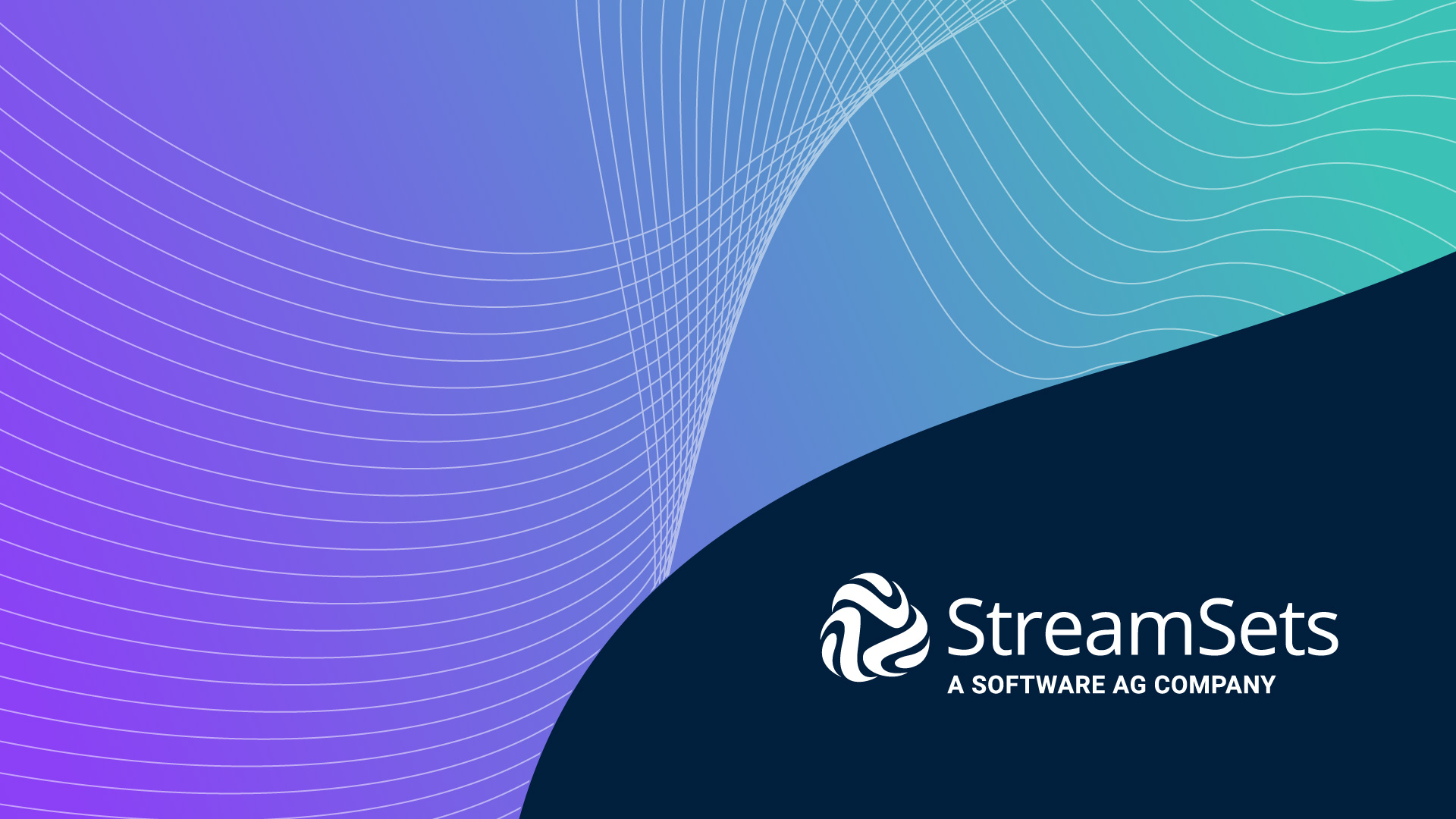
Netflix’s ability to stream data killed Blockbuster video. All of a sudden, customers could access movies—late-fee free—from their couch. And there was no need to drive to the store, rewind the tape and drive back.
Also, for Netflix, a catalog of movie files was far cheaper to maintain and distribute than an inventory of DVDs and VHS tapes.
Streaming analytics promises equally, and in many cases, more significant transformative competitive advantages.
What is streaming analytics?
Streaming analytics is the continuous processing and analysis of big data in motion.
Sources of streaming data include equipment sensors, clickstreams, social media feeds, stock market quotes, app activity and more. Businesses use streaming analytics to discover and interpret patterns, create visualizations, communicate insights and alerts, and trigger processes in real or near-real-time.
Since streaming analytics involves computational processing of streams of data, called “event streams,” streaming analytics is also often called event stream processing.
Real-time data analytics and event stream processing
It’s easy to conflate real-time analytics and streaming analytics (or event stream processing). But while streaming analytics technologies may enable real-time analytics, they are not the same.
Streaming analytics is about processing data in motion. Real-time analytics is any method of data processing that results in a latency period defined as “real-time”.
Typically, real-time analytics systems are defined as hard and soft real-time. A missed deadline in hard real-time systems, like in an airplane, is catastrophic and in soft real-time systems, like a weather station, missed deadlines can lead to unusable data.
Also, whereas streaming analytics implies the existence of a streaming architecture, real-time analytics implies no specific architecture. All real-time analytics implies is that data creation and processing is completed within whatever timeline the business defines as “real-time.”
The business case for streaming data analytics
Analytics are used to find meaningful patterns in data and uncover new knowledge. That’s true of both streaming and traditional analytics.
But in today’s world, the nature of “finding meaningful patterns in data” has changed because the nature of data has changed. The velocity, volume, and types of data have all exploded.
Twitter produces more than 500 million tweets per day. By 2025, IDC forecasts that internet of things (IoT) devices will be capable of generating 79.4 zettabytes (ZB) of data.
And these trends show no sign of slowing down.
Given the new nature of data, streaming analytics core benefit is that it helps businesses find meaningful patterns in data and uncover new knowledge in real or near-real-time.
Streaming analytics use cases and examples
Streaming analytics is ideal for processing data from sources that continuously generate small amounts of data. Here are a few examples:
- Credit card fraud detection: Six card brands generated an aggregate of 440.99 billion purchase transactions for goods and services in 2019. To detect and prevent fraud, card associations, like Visa or MasterCard, must analyze billions of transactions and trigger alerts based on certain criteria. When it’s set up properly, a streaming analytics system can facilitate the automation of fraud detection. Essentially, it does this by first checking to see if any characteristics of the payment authorization request meet any of the business’s criteria for what constitutes suspicious activity. If the request is deemed suspicious, the system can send an automated text to the cardholder asking them to confirm the transaction.
- Efficient routing of delivery trucks: For logistics companies, efficiently routing trucks is the entire business. But the most efficient route from point A to point B depends on constantly changing variables, such as traffic conditions and weather forecasts. Also, in some cases, trucks are delivering temperature-sensitive supplies, like pharmaceuticals. Temperature sensors, traffic conditions, and weather forecasts are all sources of streaming data logistics companies can analyze to make better business decisions. But you need streaming analytics if you want to analyze the data quickly enough for the data to be useful. After all, if the alert for an overheated truck comes in too late for the driver to act on it, the cargo could become completely unusable.
- Personalized customer experiences: If you’ve ever left a conversation and then thought of the perfect comeback, you understand why streaming analytics is important. Some insights have to be received at a certain moment—otherwise, they become useless. The personalized customer experience is a prime example of the need for the timely insights provided by streaming analytics. With streaming analytics, marketers can automate highly targeted product recommendations, use machine learning to customize web experiences, optimize pricing, and more.
Streaming data analytics architecture
Streaming data analytics architectures can be built with many different frameworks, programming languages and analytics tools. But fundamentally a streaming analytics architecture must be able to:
- Capture data from a streaming source such as a social media feed, IoT sensor or web log. This is the job of the “message broker” or “stream processor”. Apache Kafka and Amazon Kinesis are two popular stream processing tools.
- Combine and process the captured data to provide necessary context. This is where data integration happens; data is aggregated and transformed, usually with a streaming analytics platform or an ELT or ETL tool like Apache Spark or Hadoop.
- Respond based on the data processed in a consistent and timely manner. This final piece in your streaming analytics architecture depends on the use case. You might stream processed data directly to an application or dashboards via an AWS data warehouse and query it using SQL.
The state of streaming analytics
A 2021 report on the streaming analytics market projected growth from $15.4 billion in 2021 to $50.1 billion in 2026. That’s a massive amount of growth. Digging deeper into the report, reveals more interesting insights.
The applications of streaming analytics driving most of the growth in the market include:
- Fraud detection
- Sales and marketing
- Predictive asset management
- Risk management
- Network management and optimization
- Location intelligence
- Supply chain management
- Product innovation and customer management
Also, because of the huge quantities of data they collect, large enterprises are currently the biggest streaming analytics adopters.
Other trends driving the streaming analytics market include increased digitalization, emerging technologies (i.e. IoT and AI), increased data connectivity, and the need for real-time analytics.
Despite all these drivers, there are obstacles to growth in the adoption and effectiveness of streaming analytics solutions. Chief among these challenges are data security regulations, managing lots of data in decentralized environments, and the difficulty of integrating legacy systems.
Building a streaming analytics infrastructure
The less you have to worry about data security regulations, decentralized data and difficult-to-integrate systems in your data stream, the more you can focus on using it for growth and innovation in your business.
Keeping a continuous flow of real-time data for both data analytics and exploration is the job of data engineering and streaming data pipelines.
The StreamSets data engineering platform lets you easily build the high-performance smart data pipelines needed to power DataOps across hybrid and multi-cloud infrastructures. See a demo and learn how to build your first data pipeline!






